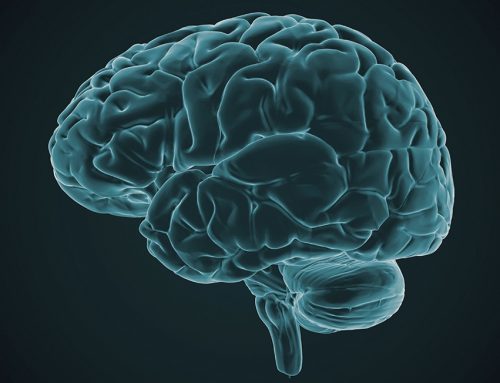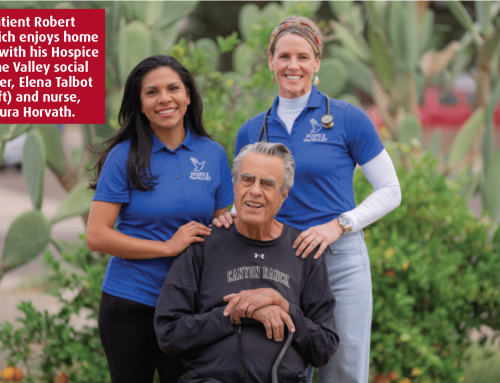May is National Skin Cancer and Melanoma Awareness Month and Stroke Awareness Month. We checked in with local health experts to find out more about these two important health issues.
National Skin Cancer and Melanoma Awareness Month
Information Courtesy of Justin Moser, M.D.
Did you know that more people are diagnosed with skin cancer each year in the U.S. than all other cancers combined? You might think it’s unlikely to affect you until you’re older, but one specific type of skin cancer – melanoma – is one of the most common cancers you’ll find even among young adults. Melanoma also accounts for a large majority of skin cancer deaths due to its aggressive nature.
Especially in the hot and sunny climate we enjoy here in Arizona, skin cancer and melanoma deserve our attention. The best thing you can do for your skin is wear a good SPF sunscreen (30 or greater) that protects your skin against UVA (aging rays) and UVB (burning rays). Put it on every couple of hours that you’re outside – even if it’s cloudy.
With proper care and monitoring, you can prevent skin cancer or catch it early, which lessens the chance you’ll be dealing with an advanced stage of cancer. That’s why it’s important to keep an eye on your skin for anything suspicious, and why getting regular skin checks from a dermatologist is so critical.
It’s recommended that you begin annual skin screenings in your 20s or 30s, but if you’re in the sun a lot or have a family history of skin cancer, you should talk to your doctor about being screened sooner. The good news is that proper screenings catch skin cancers earlier. The earlier skin cancers are treated, the higher the chance of a cure. Even with melanoma, if it’s detected early, the five-year survival rate is 99%.
Justin Moser, M.D., is with HonorHealth Research and Innovation Institute Melanoma Clinic.
Strokes Need FAST Response: May is Stroke Awareness Month
Information Courtesy of the Comprehensive Stroke Center at Abrazo Central Campus
Did you know that stroke has no age limits, and younger adults are increasingly affected by stroke and its risk factors? Strokes happen when blood supply to part of the brain is blocked or when a blood vessel in the brain bursts. In either case, parts of the brain become damaged or die. Every minute counts when a stroke is suspected.
Stroke affects about 800,000 people in the U.S. each year. Risk factors commonly associated in older adults, such as hypertension, diabetes, tobacco use and obesity are now being seen in younger stroke patients, according to Lisa Ziomek, Stroke Care Coordinator at Abrazo Central Campus.
More than 87 percent of strokes in the U.S. are ischemic strokes, caused by a clot that cuts off blood flow to a part of the brain. These types of strokes are largely treatable if a patient gets to a hospital that can provide the right treatment in time.
The U.S. Centers for Disease Control and Prevention (CDC) offers a simple test to act FAST if you think someone may be having a stroke:
• Face – Ask the person to smile, does one side of the face droop?
• Arms – Can the person raise both arms? Does one arm drift downward?
• Speech – Ask the person to repeat a simple phrase. Is the speech slurred or strange?
• Time – If you see any of these signs, call 911 right away.
Also, note the time when the symptoms first appear, this helps health care providers determine the type of treatment needed.





